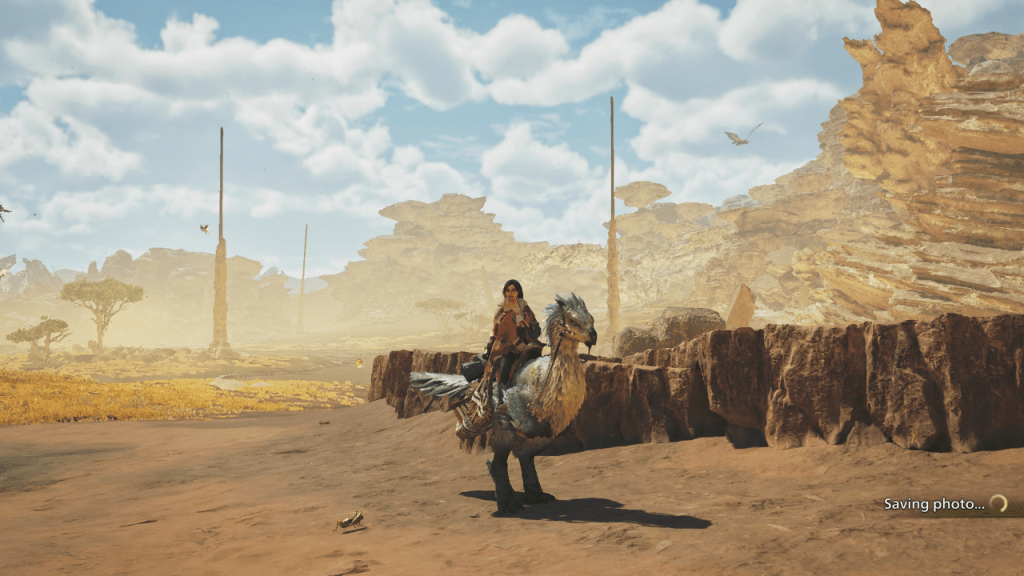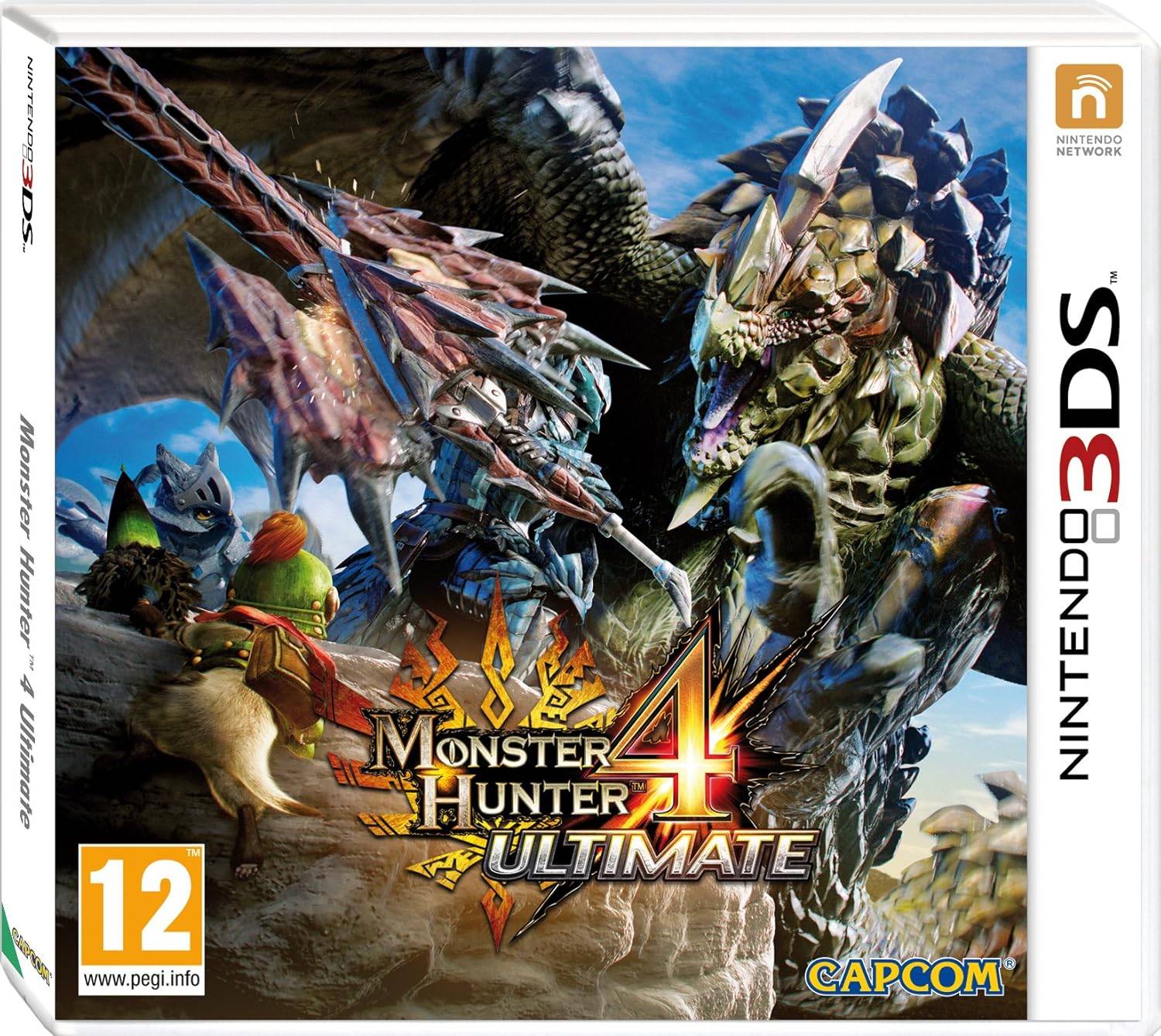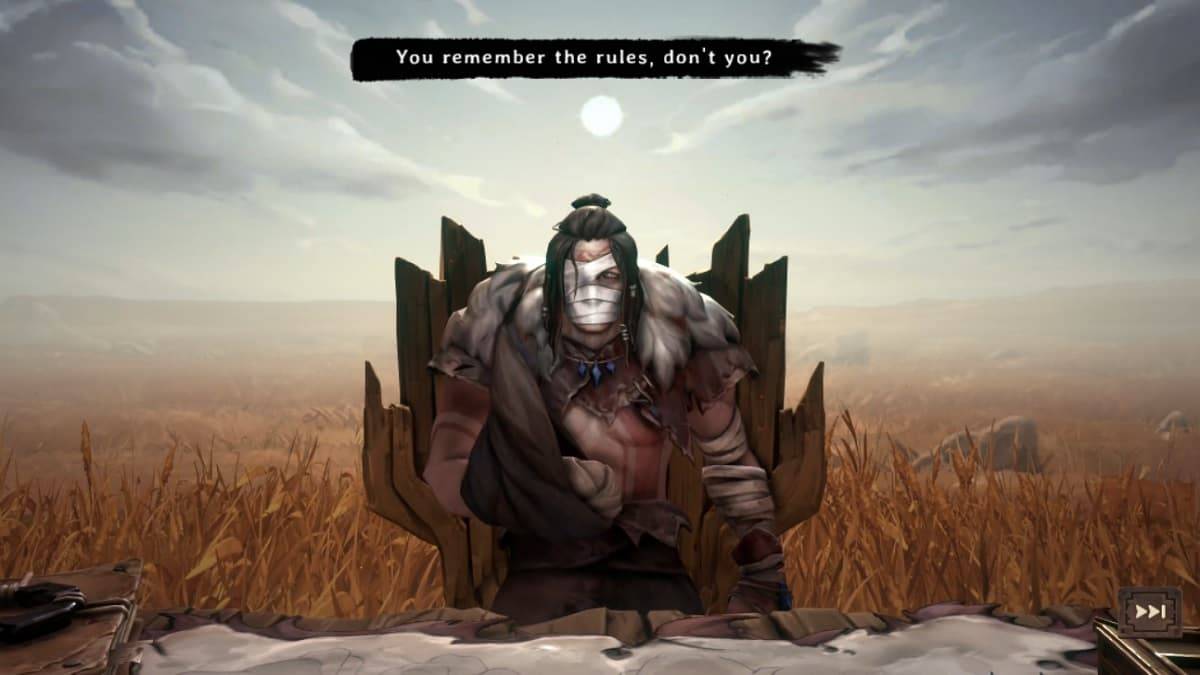The dynamic world of *Monster Hunter Wilds* in the Forbidden Lands is greatly influenced by seasons and weather, affecting not just the visuals but also the gameplay mechanics. Here's a comprehensive guide to understanding and navigating the seasons and weather in *Monster Hunter Wilds*.
Monster Hunter Wilds Seasons, Explained

*Monster Hunter Wilds* features two distinct seasons: Fallow and Plenty, which significantly impact the environment and gameplay within the Forbidden Lands. The game begins in the Fallow season, characterized by a harsh climate and intense weather events. During Fallow, resources are scarce, making survival more challenging. This scarcity leads to increased aggression among monsters, who are more likely to attack each other as well as the player.
In contrast, the Season of Plenty offers a more hospitable environment. With a warmer climate and an abundance of flora, this season transforms the landscape into a vibrant and colorful setting. Small monsters are less aggressive and less likely to travel in packs, making the environment safer for hunters. The abundance of Endemic Life and plants during Plenty makes it an ideal time for gathering resources, much to the delight of both the villagers and *Monster Hunter Wilds* players.
Between these two seasons, brief but intense weather events known as Inclemency occur. These events heighten the intensity of the weather and set the stage for dramatic encounters with Apex Predators. A notable example is the Pinnacle of the Pack Assignment, where hunters face the Alpha Doshaguma during a Sandtide, a fierce sandstorm accompanied by lightning. These unique weather conditions add an extra layer of challenge and excitement to battles against Apex Predators throughout the game.
How To Check the Seasons and Weather in Monster Hunter Wilds

Monitoring the seasons and weather in *Monster Hunter Wilds* is crucial for strategic gameplay. The game's HUD, located in the bottom left corner, displays icons indicating the current time of day and season. For more detailed information, players can access the map and press the prompted button to view the Environment Overview, which provides insights into the current weather and seasonal conditions.
Additionally, Optional Quests in *Monster Hunter Wilds* are set in specific times and seasons, offering players a chance to experience different environmental conditions even if they differ from the current season in the main game.
Related: Monster Hunter Wilds Weapon Tier List (Best Weapons to Use)
How To Change the Season and Weather in Monster Hunter Wilds
Given the significant impact of seasons on the flora, fauna, and overall gameplay, players might find it advantageous to switch between Fallow and Plenty based on their hunting needs. Fortunately, *Monster Hunter Wilds* allows players to change the season and weather.
To alter the season and weather, players must pitch their tent and rest. Within the tent, navigate to the BBQ Menu and select the Rest option. This allows you to choose the desired Environment and Time for your Hunter to wake up in. However, resting comes with a cost of 300 Guild Points and is only available to High Rank Hunters. It's important to note that resting is not possible during an active quest.
This guide covers everything you need to know about navigating the seasons and weather in *Monster Hunter Wilds*. Whether you're preparing for a hunt or gathering resources, understanding these elements will enhance your gameplay experience.
*Monster Hunter Wilds is available now on PlayStation, Xbox, and PC.*




















